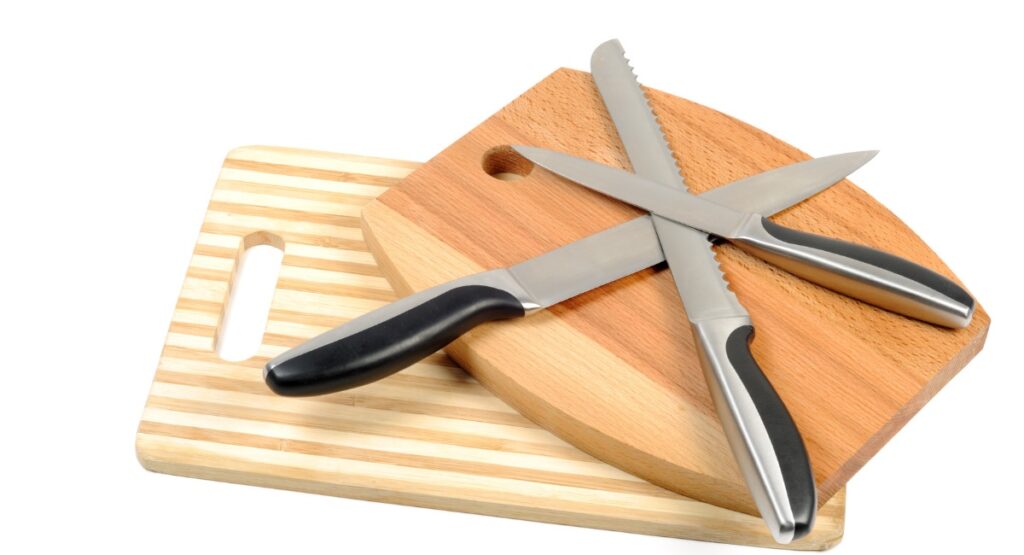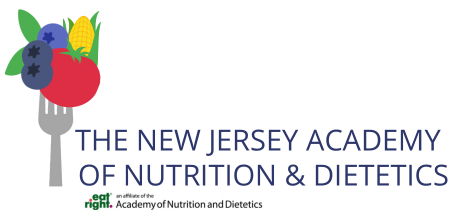Walk into a kitchen supply store or aisle in a big box store and you’ll encounter a vast collection of gadgets and goodies. From air fryers, to an instant pot, a rice cooker, a crockpot, it can get overwhelming and feel like you have to own every gadget.

Whether you’re a beginner home cook or seasoned, this list of must have cooking tools are what you need in your kitchen to make meal prepping a little easier. These cooking essentials for your kitchen are a great starting place to help you prepare healthful and delicious meals at home.
13 Must Have Kitchen Tools for Beginner Cooks
- Mixing bowls: Look for bowls in various sizes. Bowls that stack into each other are great if you’re low on space.
- Strainer: A strainer is perfect for draining pasta, washing fruits and vegetables, and for sorting and rinsing legumes such as lentils and beans. Strainers also can be used in place of salad spinners to dry lettuce and other leafy green vegetables.
- Knives and vegetable peelers: Start with a paring knife, small and medium chef’s or Santoku knives, and a serrated knife. Don’t forget to buy a sharpener. A vegetable peeler can make removing the skin of produce easier.
- Several cutting boards: Whether they are wooden, bamboo or plastic is less important than keeping them clean and dry. Use separate boards for raw meats and produce to prevent cross-contamination.
- Wooden spoons: Wooden spoons are great choices because they don’t transfer heat and they won’t scratch the surface of pans. Plus, they are inexpensive.
- A small and large whisk: Contrary to common belief, whisking some ingredients with a fork won’t incorporate enough air. Use a small whisk for vinaigrettes and dressings, and a large one for aerating flour and beating eggs.
- Heat-resistant spatula: Any spatula may be used to clean out a bowl, but not all are appropriate for hot pans.
- Long tongs: Keep hands safe by using tongs to lift or turn foods when cooking over heat or reaching into an oven.
- Grater: You can use a grater for cheese, garlic, ginger or citrus fruit zest.
- Measuring cups and spoons: Liquids measure differently than solids like flour, so it’s helpful to include both dry and liquid measuring cups in your collection. Liquid volume measuring cups should be clear so you can see the measurement lines, and glass have the added benefit of handling hot temperatures without bending or warping like some plastics. Measuring spoons are also helpful for ingredients like baking powder, baking soda, extracts and spices.
- Basic pots and pans: Everyone has their personal preferences when it comes to cookware, but instead of buying a large, expensive set to start, purchase individual pans as you need them. Perhaps begin with a pair of large and small sauté pans, a soup pot, a sauce pan and a Dutch oven — a type that can be used on the stove or in an oven.
- Food Thermometer: When you’re keeping food safety in mind, a food thermometer is the only way to make sure foods have been cooked to the appropriate internal temperature.
- Kitchen scale: While not necessary for cooking, it can help you familiarize yourself with amounts. Also, some recipes call for ounces instead of a cup measure.
Even if you can’t get all 13 kitchen tools at once, start with a few, over time grow your collection and before you know it you’ll be set up for success in the kitchen!
Contributors: Sharon Salomon, MS, RDand Sarah Klemm, RDN, CD, LDN from the Eat Right Academy of Nutrition & Dietetitcs
Edited by: Marissa Perrotta RDN, RYT Plantable Nutrition & Wellness



